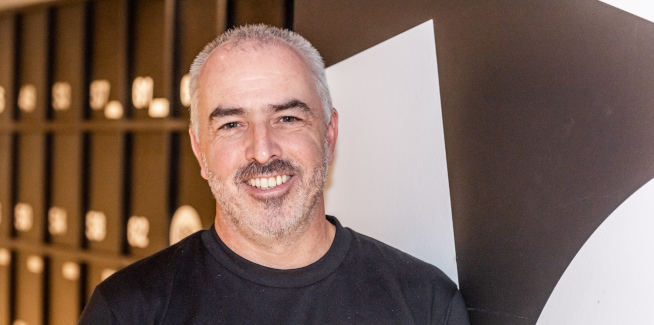The data analytics and insights fintech MogoPlus has announced that it has partnered with open banking fintech TrueLayer to access customers’ open banking data available through Australia’s consumer data right (CDR).
While the company has, thus far, been using screen scraping technology to deliver its analytics and insights to lenders, the new partnership will enable it to make both descriptive and predictive data insights more readily, and in a “cleaner, more regulated and more efficient way,” according to the chief executive of Asia Pacific, Mike Page.
Speaking to Mortgage Business, Mr Page explained: “We’re getting to what we’re calling ‘the tipping point’ of open banking/CDR. It has to move from a regulatory and compliance exercise for the banks that are both giving and receiving data, to a set of solutions based on consumer experience. That’s the really important shift. And I think we’ll start to see it in the coming months.
While MogoPlus’s CEO of APAC noted that there has so far been a slow take-off in open banking use cases, he suggested that this was because the majority of use cases hadn’t been centred on “an improved customer experience”, such as a fully digital end-to-end mortgage application that has inbuilt credit decisioning.
“The gap that we’re filling with insights is collecting open banking data – which is cleaner and more regulated – and converting that data through a set of insights and analytics to enable the lender to make their [credit] decision quicker,” he said.
“We need to have a data-first approach to really provide a much better customer experience, faster decisioning and again, less operational costs for both the broker groups, the aggregators, and the lenders.
“That’s shifting away from the traditional use of bank statements, documentation, etc. which takes time to unpack, and instead we can process that data (once it’s configured to the bank lending’s criteria) in a matter of five to eight seconds.
“The flow on effect of that is much less friction for the consumer because they’re not having to self declare a lot of information… or take their bank statements in to be looked at. It’s a more accurate assessment of their affordability and it reduced significantly reduces operational costs for the lender.”
While he noted that while other markets may have more established open banking frameworks, such as the UK, he suggested that Australia has a “huge opportunity to leapfrog the UK” and start utilising open banking data for predictive analytics.
He told Mortgage Business: “We’re currently live in production doing descriptive analytics and descriptive insights based on historical; lending decisions but what we are moving into...is predictive analytics.
“This means we can use the same data sets and look at patterns and enable users (whether lender or brokers with consented data access) to see when borrowers might be ready to take on a new loan and provide a proactive nudge for the lender or broker to reach out.”
“That’s the next wave of insights that we’ll start to see emerge, we think in the next 12 months,” he said, highlighting that this would provide the mortgage distribution channels with more opportunities to identify when borrowers might be requiring their services, earlier.
[Related: Open banking most used for expense verification: Frollo]
